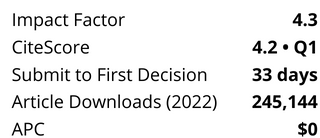Abstract
Membrane backwash is one of the most widely used membrane regeneration techniques in large-scale desalination operations and water and wastewater treatment applications. It is necessary in order to enhance membrane life and is critical in managing the cost of pure water. The estimation of optimal backwash conditions is very important for improved hollow fiber membrane (HFM) operations. A unique feature in HFM backwash operations is the lumen side pressure drop, which leads to variation in backwash water flow across the fiber length. In this work, the effect of fiber diameter, membrane structural properties and backwash water pressure and temperature on flow distribution across the membrane length is studied for HFM modules. An analytical model for HFM backwash is developed, and model predictions are compared with measured backwash water flow variation over the fiber length. Experimental results show that the backwash flow variation over the fiber length is minimized by maintaining low backwash water pressure. Simultaneously, minimum backwash flux for effective cleaning may be achieved by increasing backwash water temperature. Homogeneous flow distribution during backwash improves backwash efficiency or forward flow rejuvenation, which can also be achieved by optimizing fiber diameter and membrane permeability. The validated mathematical model may be used for the optimization of backwash operating conditions and HF dimensions to achieve homogeneous backwash flow distribution across the membrane length.




%20cropped.png?versionId=5947)